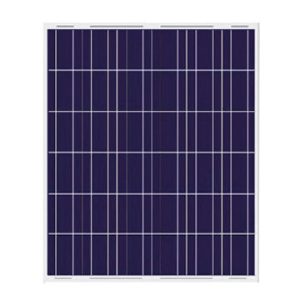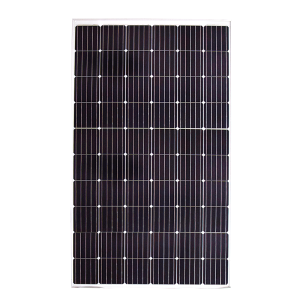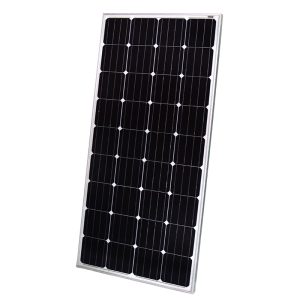Off-grid solar systems have become increasingly popular in recent years, providing a reliable and sustainable source of energy to homes and businesses. If you are considering investing in a 5 kW off-grid solar system, there are several factors to consider. In this article, we will examine the average cost of a 5 kW off-grid solar system, the benefits, and what factors can influence the price.
Why Choose a 5 kW Off-Grid Solar System?
Off-grid solar systems allow homeowners to be energy-independent and rely on renewable energy sources. With a 5 kW off-grid solar system, it is possible to generate enough electricity to power a medium-sized home. Off-grid systems store energy in batteries, which can be used during periods of low sunlight or high energy usage. This makes off-grid systems a viable solution for homeowners who live in remote areas or are looking to reduce their reliance on the grid.
Average Cost of a 5 kW Off-Grid Solar System
The cost of a 5 kW off-grid solar system can vary based on several factors, including location, equipment quality, and installation costs. On average, homeowners can expect to pay between $15,000 and $25,000 for a 5 kW off-grid solar system. However, this price can be significantly reduced through government incentives and tax credits.
Benefits of a 5 kW Off-Grid Solar System
Investing in a 5 kW off-grid solar system has several benefits, including:
- Energy independence: Off-grid solar systems provide a sustainable and reliable source of energy, allowing homeowners to become energy-independent and reduce their reliance on the grid.
- Environmental benefits: Solar energy is a renewable energy source that produces no greenhouse gases or carbon emissions, making it an environmentally-friendly solution.
- Cost savings: Over time, off-grid solar systems can save homeowners money on their electricity bills, as they no longer need to pay for energy from the grid.
Factors That Influence 5 kW Off-Grid Solar System Price
Several factors can influence the price of a 5 kW off-grid solar system, including:
- Battery storage: The cost of battery storage can vary based on the type and quality of the batteries used. Lithium-ion batteries tend to be more expensive but have a longer lifespan and are more efficient.
- Location: The cost of installation can vary based on location, as some areas may require more specialized equipment or labor.
- Equipment Quality: The quality of the solar panels, inverters, and other equipment can significantly impact the price of the system. Higher quality equipment may last longer and be more efficient, but can also be more expensive upfront.
In conclusion, investing in a 5 kW off-grid solar system can provide energy independence, environmental benefits, and long-term cost savings. However, the price can vary based on several factors, including location, equipment quality, and installation costs. If you are considering an off-grid solar system, it is essential to research and compare different options to ensure you are getting the best value for your investment.
What is the average cost of a 5 kW off-grid solar system?
The average cost of a 5 kW off-grid solar system can vary depending on several factors, such as the type and quality of the solar panels, inverters, and batteries used, as well as the location and installation costs. However, on average, a 5 kW off-grid solar system could cost anywhere from $10,000 to $20,000 or more.
How many solar panels will I need for a 5 kW off-grid solar system?
The number of solar panels needed for a 5 kW off-grid solar system can vary depending on the size, efficiency, and type of solar panel used. On average, you may need around 15 to 20 solar panels to generate 5 kW of power. However, this can vary depending on the area’s average sunshine hours and energy consumption needs.
Can I get government incentives or tax credits for installing a 5 kW off-grid solar system?
Yes, you may be eligible for federal, state, or local government incentives and tax credits for installing an off-grid solar system. The incentives and credits can vary depending on your location and other factors. For example, in the United States, the federal solar tax credit can provide a credit of up to 26% of the system’s cost. Other local incentives or rebates may also be available, so it’s worth researching what options are available in your area.



